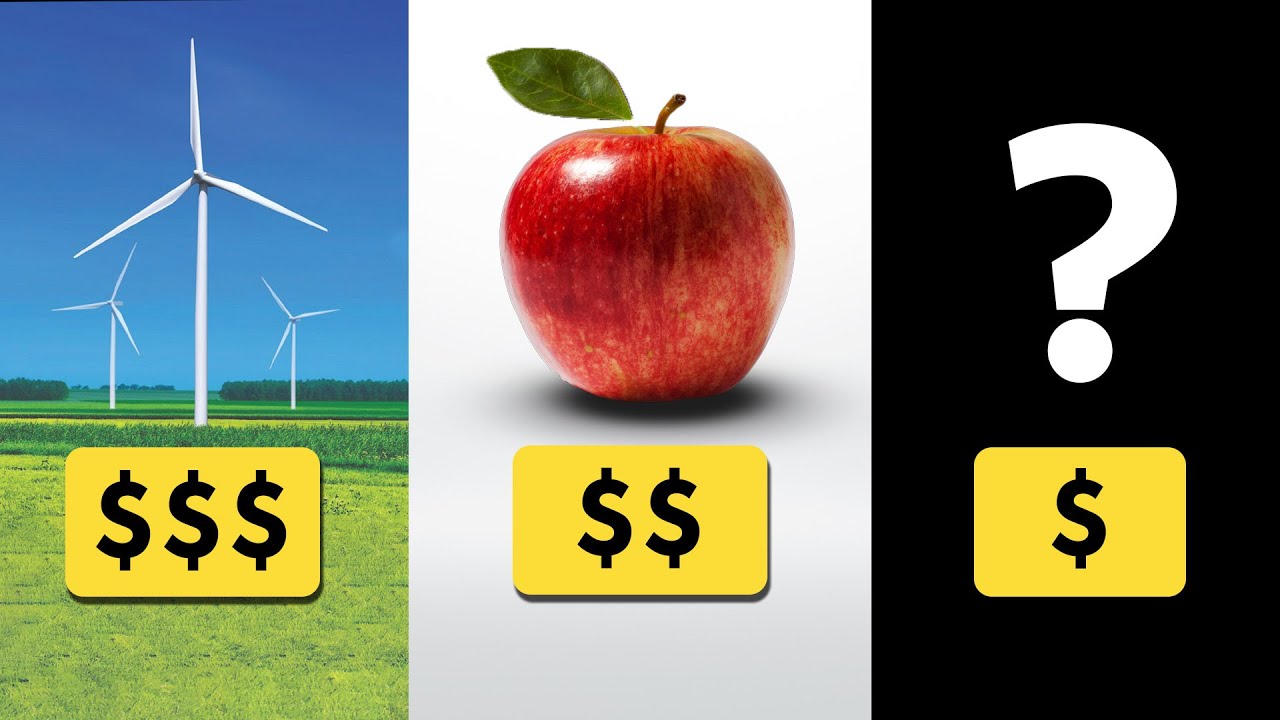This grant does not include claims that would be infringed only as a consequence of further modification of these implementations.
IANAL but what they’re saying here seems to be “if you download our code and modify it and, with that modification, touch some other patent of ours we can still have your ass”. That is, the license they’re giving out only cover the code that they release. Which shouldn’t be too controversial, I think.
The issue with codecs in general is that there’s plenty of trolls around and coming up with any audio or video codec is probably going to hit one of their patents, so the best that FLOSS codecs can do is “we don’t have any patents on this” or “we do have patents on this but license them freely, also, if someone else goes after you we’re going to detonate a patent minefield under their ass”. Patent portfolios have essentially reached the level of MAD.
Personally, IDGAF: Software patents aren’t a thing over here. You only have to worry about that stuff if you’re developing silicon.











They might use standard imagemagick or such on the backend meaning they can ingest pretty much any image format ever invented, and have a limited set of extensions allowed on the frontend side so people don’t upload
.txts.